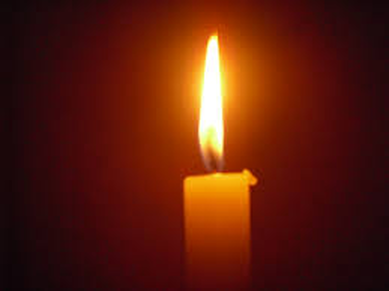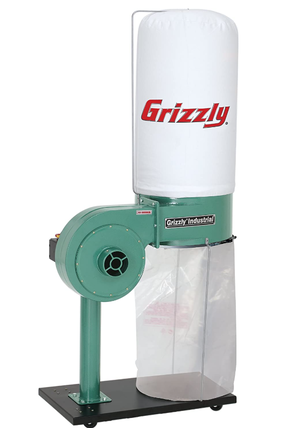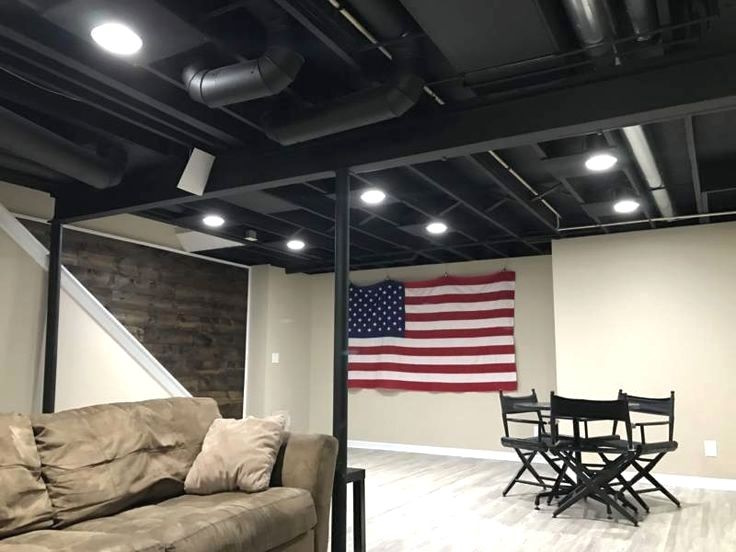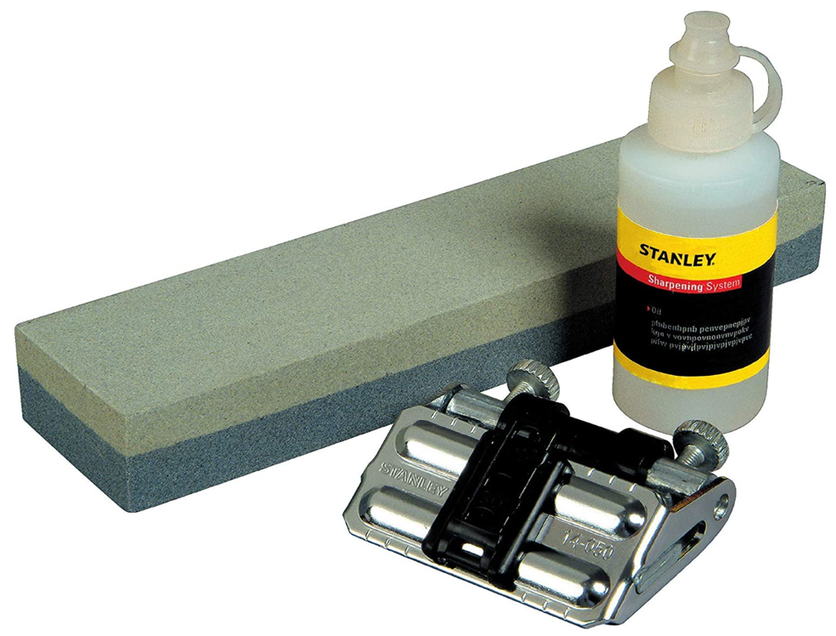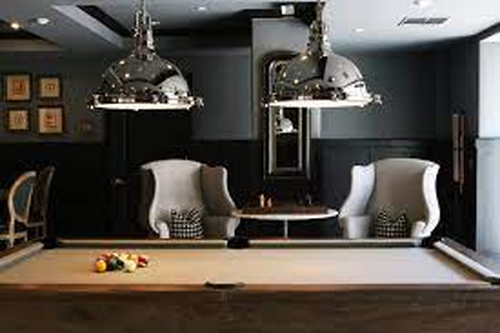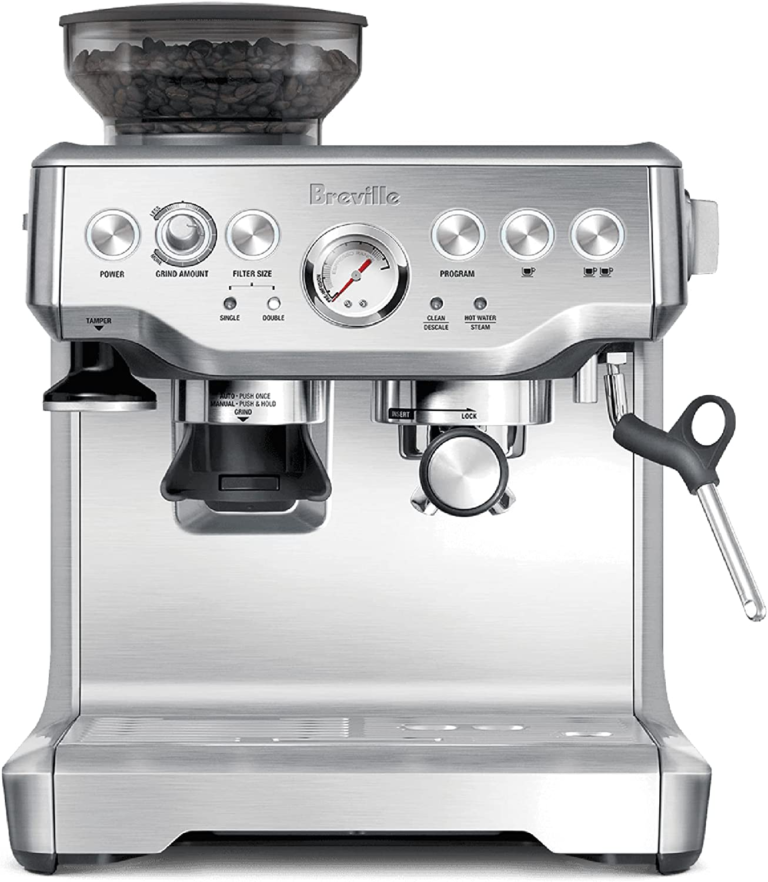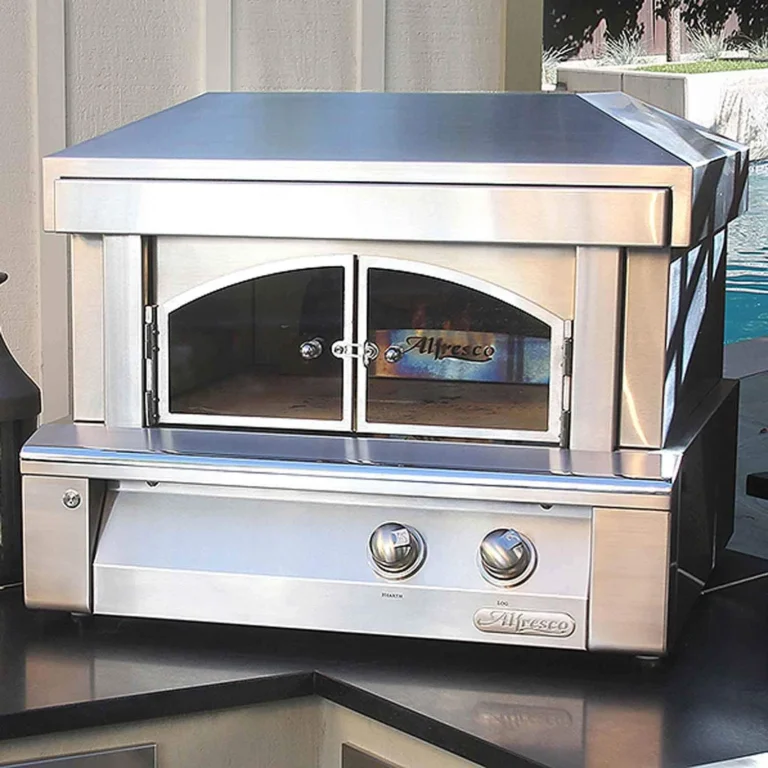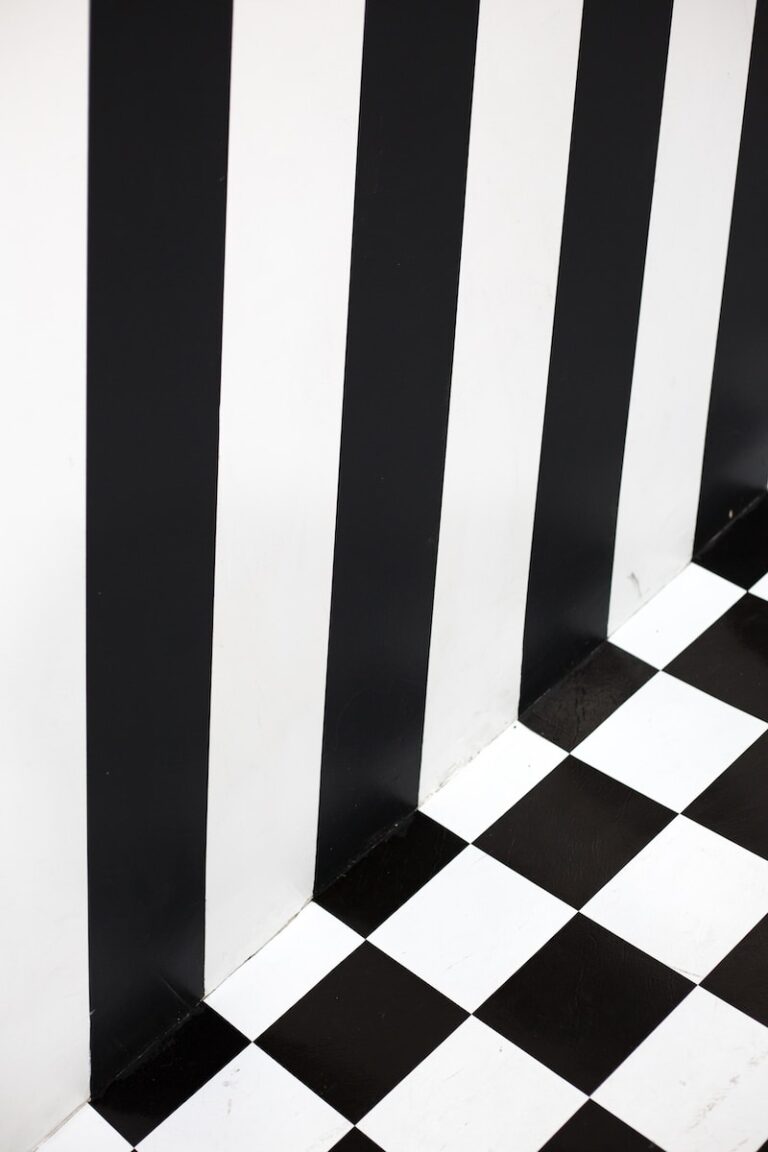T5 vs. T8 Lighting: Which is the Brighter Choice?
T5 vs. T8 Lighting: Why Choosing the Right Type of Lighting is Crucial
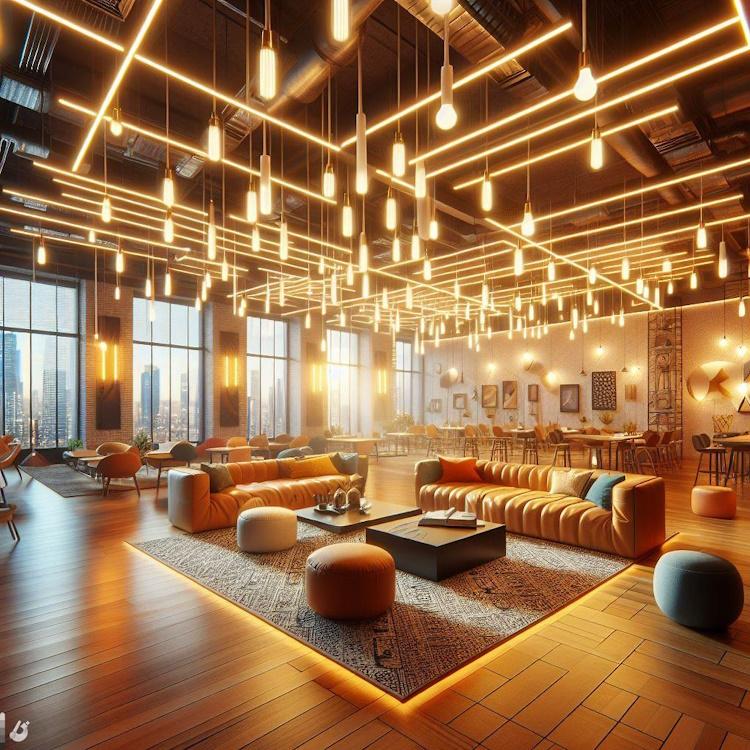
The Importance of Lighting in Various Settings
Lighting is an essential component that plays a crucial role in various settings. Light serves multiple purposes at home, the office, or a commercial establishment. It illuminates spaces for better visibility and increased safety, creates ambiance and mood, and can enhance productivity and overall well-being.
In homes, good lighting is essential to create a comfortable living environment. It allows us to see clearly when performing tasks such as cooking or reading while providing warmth and comfort in living spaces.
Proper lighting is crucial in offices to improve productivity by reducing eye strain and fatigue. In commercial establishments such as retail stores or restaurants, lighting can significantly impact sales by creating an inviting atmosphere that encourages customers to spend more time inside.
The Difference between T5 and T8 Lighting
Several options are available for lighting your space. Two popular choices are T5 and T8 lighting. Neither is the wrong choice as compared to incandescent lighting, which consumes 5 times more energy for the same lumens (Energy.gov 2019). In addition, T5 and T8 fluorescent lighting fixtures emit up to 10 times less harmful UV radiation than traditional incandescent lighting (Energy Star, 2019).
The most obvious difference between these types of lighting is their size. While both use fluorescent technology, T5 bulbs are smaller in diameter than T8 bulbs. T5 bulbs have a diameter of ⅝ inches compared to the 1-inch diameter of T8 bulbs. This means that T5 bulbs require specific fixtures designed to accommodate their size.
Why Choosing the Right Type of Lighting is Crucial
Choosing the right lighting type can significantly affect your space’s functionality, aesthetics, and energy efficiency. Selecting the right type can lead to better visibility or comfort for occupants in residential areas or increased productivity in office settings.
Energy efficiency should also be considered when selecting lighting options, as it can considerably impact your electricity bill. T5 bulbs have a longer lifespan and use less energy than T8 bulbs, which can result in cost savings over time.
High-Level Overview: T5 vs T8 Lighting
What is T5 Lighting?
T5 lighting is a type of fluorescent tube lighting that uses a smaller diameter tube than the traditional fluorescent bulb. The ‘T’ stands for tubular, and the number after it refers to the diameter of the tube in eighths of an inch.
Therefore, a T5 bulb has a diameter of 5/8 inches. T5 bulbs are becoming more popular in commercial and industrial settings because they provide better energy efficiency, brighter light output, and longer lifespan compared to traditional fluorescent bulbs.
What is T8 Lighting?
T8 lighting, on the other hand, also refers to a type of fluorescent tube lighting. The ‘T’ stands for tubular, and 8 refers to the tube’s diameter in eighths of an inch, which is 1 inch.
These bulbs have been around for years but are commonly being replaced by LED tubes due to their lower efficiency. However, T8 bulbs are still widely used in many applications because they offer good color rendering and long life spans.
Comparison between the two types of lighting
When comparing T5 vs. T8 lighting, several key factors must be considered. First and foremost, energy efficiency is one of the big differences between these two types of lights.
T5 bulbs require less electricity than their T8 counterparts, making them more energy-efficient overall. Another factor is brightness- while some might assume that brighter is always better when lighting up a room or space, this is only sometimes true.
As mentioned earlier, T5 bulbs have higher light output than their counterpart. Typically, T5 lamps produce around 5000-7000 lumens per lamp, while their T8 counterpart can produce about 2000-5000 lumens per lamp. It is important to note that the brightness of the light impacts how we see colors and can affect our mood, so choosing the right type of lighting for the environment is essential.
Lifespan and availability are other factors to consider. T5 bulbs generally have a longer lifespan than T8 bulbs, which means less time and money spent on replacements in the long run. However, T8 bulbs are more widely available, which makes them a more practical choice in some situations when immediate replacements or upgrades are needed.
While both T5 and T8 lighting have pros and cons, it’s essential to carefully evaluate your needs before deciding. Consider factors such as energy efficiency, brightness, lifespan, and availability before deciding.
Advantages of Using T5 Lighting
T5 lighting is an excellent option for those who want to save money on their energy bill while still having high-quality lighting. One of the most significant advantages of T5 lighting is its energy efficiency.
This type of lighting uses less energy than traditional T8 fluorescent bulbs, which can help lower your electricity costs over time. Another advantage of T5 lighting is that it provides brighter light output than other fluorescent bulbs.
This means you will be able to see more clearly and have a better overall experience in your environment. Whether you are using T5 lighting in your home, office, or workspace, you will notice an immediate improvement in the amount and quality of light available.
T5 lighting also has a longer lifespan than traditional fluorescent bulbs. This means you will not need to replace them as often, saving you money and reducing waste over time.
Disadvantages of Using T5 Lighting
While there are many advantages to using T5 lighting, there are also some disadvantages to consider before making the switch. One disadvantage is the higher initial cost compared to other types of fluorescent bulbs.
However, energy savings can quickly offset this cost over time. Another disadvantage is limited availability.
Since this type of lighting is newer and less widely used than other fluorescent bulbs, it may be harder to find replacement parts or fixtures if needed. T5 lighting requires specific fixtures for proper use.
Suppose you already have existing fixtures in your space that do not accommodate T5 bulbs. In that case, you may need to invest in new fixtures to switch over. Despite these disadvantages, I would still recommend switching to T5 lighting for its superior energy efficiency and bright light output benefits.
Advantages of Using T8 Lighting
T8 lighting has some advantages, but they don’t come close to overshadowing the downsides. The first supposed advantage is that T8 lighting has a lower initial cost than T5 lighting. Sure, imagine you’re only considering the up-front cost, not the long-term savings from energy efficiency and longer lifespan. In that case, this may be an advantage.
But in reality, the money you save with a lower initial cost will be quickly outweighed by higher energy bills and replacement costs. Another advantage of T8 lighting is that it’s widely available.
Well, isn’t that just great? You can find T8 everywhere you look.
But just because something is easy to find doesn’t mean it’s automatically the best option. In fact, if anything is so widely available with no special requirements or limitations, it probably means it’s not all that great.
The so-called third advantage of using T8 lighting is retrofitting options are available. This means you can convert your old fixtures to T8 bulbs instead of purchasing all new fixtures for T5 bulbs.
It may seem a good idea at first glance, but retrofitting is rarely worth the trouble and costs involved. So much for those “advantages” of using T8 lighting!
Disadvantages of Using T8 Lighting
Here’s what really matters: the disadvantages of using T8 lighting. Firstly, let’s talk about energy efficiency. Compared to the high performance and energy efficiency offered by a good quality T5 system, using a standard issue T8 system throws your hard-earned money down the drain.
The difference in operating costs may not seem like much on paper (or it does – depending on how much research you’ve done). Still, in practice, the dollars really add up over the system’s life. Secondly, T8 lighting produces a dimmer light output compared to T5 lighting.
This means you will need more fixtures and bulbs to achieve the same brightness level as you would with a T5 system. And this, of course, means more electricity usage and higher energy bills.
We have the issue of limited lifespan. Compared to T5 systems, which can last up to 50,000 hours or more before they need replacement (depending on quality), standard T8 systems obviously don’t measure up.
The lower lifespan translates into higher maintenance costs in both time and money – something nobody wants. So there you have it – my opinion is why T8 lighting is not worth it compared to superior options like T5 lighting.
Don’t believe me? Do your own research and see for yourself!
Rarely Known Small Details: Interesting Facts about T5 and T8 Lighting
T5: The Smaller Diameter Tube
One of the most interesting facts about T5 lighting is that it uses a smaller diameter tube than the traditional fluorescent bulb. This means the bulb is more energy-efficient, requiring less power to produce the same light. In addition, because the tube is smaller, T5 fixtures can be more compact, making them ideal for use in spaces with low ceilings or tight areas where conventional fixtures would not fit.
Another advantage of the smaller tube size is that it allows for better light distribution. T5 bulbs can be placed closer together in a fixture with a smaller diameter, resulting in a brighter and more evenly distributed light output.
This is particularly useful in applications where high-quality lighting is important, such as in commercial settings or task lighting. However, despite the many benefits, there are some downsides to using T5 lighting.
For starters, they tend to be more expensive than other types of fluorescent bulbs due to their advanced technology and higher efficiency. Additionally, they are still relatively new on the market compared to different types of fluorescent bulbs like T8s or CFLs (compact fluorescent lights), so they may be less readily available at your local hardware store or lighting retailer.
Conclusion
Choosing between T5 and T8 lighting ultimately depends on your specific needs and preferences. While both types offer significant advantages over traditional incandescent bulbs (such as lower energy consumption and longer lifespan), each has pros and cons.
If you’re looking for maximum efficiency and brightness in a small space or commercial setting where quality lighting is essential – like an art gallery – then choosing T5s might be your best bet. But, if you’re looking for something more affordable and widely available, T8s might be the way to go.
Regardless of your choice, prioritizing energy efficiency and choosing lighting that meets your needs while minimizing environmental impact is the most important thing. Doing so can help reduce your carbon footprint and positively impact the world around you. This study has all the technical details if you want to see them.

